Japanese noodle dishes, a cornerstone of Japanese cuisine, offer a tantalizing glimpse into the nation's culinary heritage and mastery of flavor. From the iconic slurp-worthy ramen to the delicate elegance of soba and the hearty comfort of udon, each dish showcases a unique blend of tradition and innovation. Noodles are meticulously crafted from premium ingredients, paired with rich broths, savory sauces, and an array of toppings ranging from succulent meats to fresh vegetables. Whether enjoyed in a bustling ramen shop or a serene soba restaurant, Japanese noodle dishes embody a culinary art form that delights the senses and nourishes the soul.
Ramen
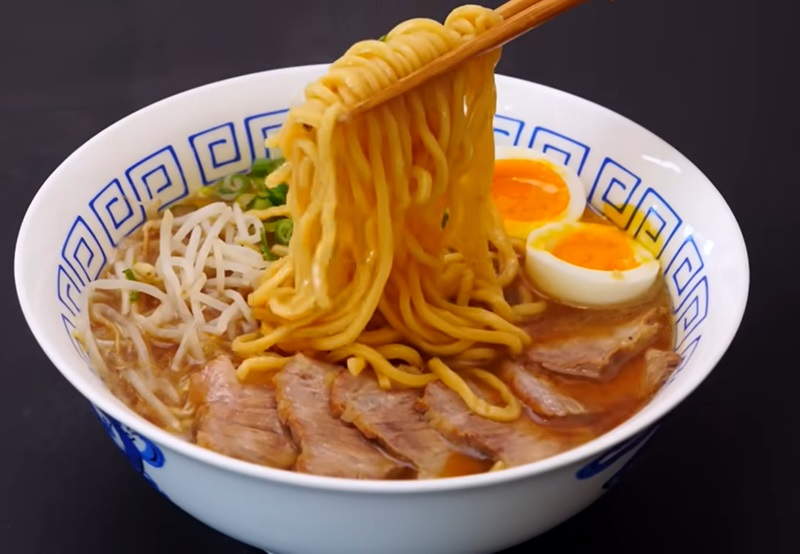
Ramen, a popular Japanese noodle dish known globally for its rich flavors and diverse toppings, features Chinese-style wheat noodles immersed in a flavorful broth crafted from ingredients like soy sauce, miso, or pork bone. The assortment of toppings includes sliced pork, soft-boiled eggs, green onions, seaweed, bamboo shoots, and bean sprouts. Different regions in Japan showcase their unique ramen styles, featuring distinct variations in broth, noodles, and toppings. The noodles are typically thin and springy, providing a satisfying chewiness, while the broth, the essence of the dish, is often simmered for hours to achieve a profound umami taste. Apart from being a delicious and comforting meal, ramen also offers a cultural experience.
Tonkotsu Ramen

Tonkotsu Ramen is a popular Japanese noodle dish that originated in Fukuoka, a city in southern Japan. It is characterized by its rich and creamy pork-based broth, which is made by boiling pork bones for several hours to extract the maximum flavor. The noodles used in tonkotsu ramen are typically thin and straight, with a firm and chewy texture. They are cooked to perfection and then topped with various ingredients such as tender slices of roasted pork (chashu), soft-boiled eggs, green onions, and seaweed. The broth of tonkotsu ramen is what sets it apart from other noodle dishes. It has a velvety consistency and a deep umami flavor that is both comforting and satisfying. The pork bones used in the broth give it a slightly sweet and nutty taste, while the addition of garlic and other spices enhances its complexity.
Yakisoba
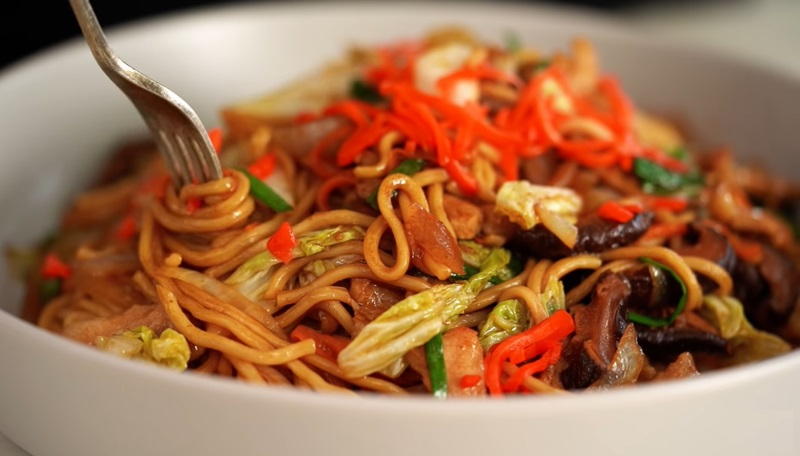
Yakisoba is a popular Japanese noodle dish that is both delicious and satisfying. It consists of stir-fried noodles, usually made from wheat flour, along with a variety of vegetables and protein. The dish is typically cooked on a hot griddle or skillet, giving it a slightly smoky and charred flavor. The noodles used in Yakisoba are slightly thicker and chewier than other Japanese noodles, adding a delightful texture to the dish. The vegetables commonly included are cabbage, carrots, and onions, which provide a nice crunch and freshness. For protein, Yakisoba can feature sliced pork, chicken, or shrimp. To enhance the flavor, a special sauce is added to the dish. This sauce is a combination of Worcestershire sauce, soy sauce, ketchup, and other seasonings. It gives Yakisoba a tangy and savory taste that complements the noodles and vegetables perfectly. Yakisoba is often garnished with pickled ginger and aonori (seaweed flakes), adding additional layers of flavor and visual appeal.
Budae-jjigae
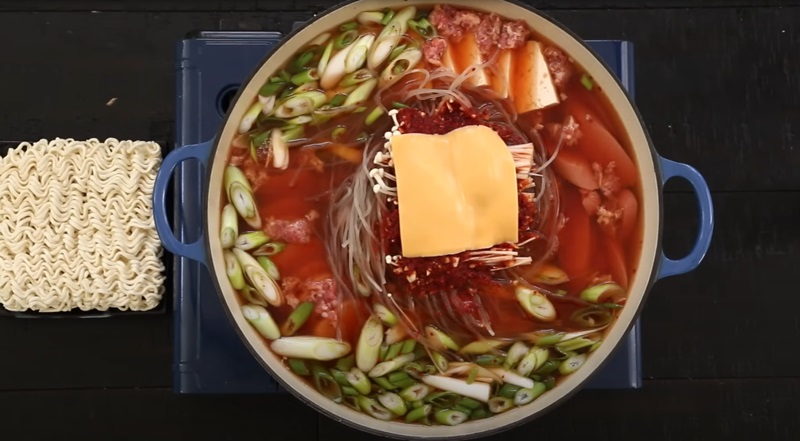
Budae-jjigae, also known as the "Army Base Stew," is a popular Korean noodle dish that originated during the post-Korean War era. Despite its Korean roots, Budae-jjigae has become a beloved dish in Japan as well, thanks to its unique and comforting flavors. This hearty dish is a fusion of Korean and Japanese cuisine, combining traditional ingredients such as kimchi, tofu, and sliced sausages with Japanese ramen noodles. The broth is typically made with a spicy and savory base, infused with gochujang (red chili paste) and other seasonings. The addition of various meats like spam, bacon, and sliced ham reflects its origins as a dish created using surplus military rations. The result is a rich and flavorful stew with a perfect balance of heat and umami. The ramen noodles soak up the delicious broth, while the various ingredients add texture and depth to every bite. Budae-jjigae is often topped with green onions and served with a side of rice, making it a satisfying and comforting meal.
Tsukemen
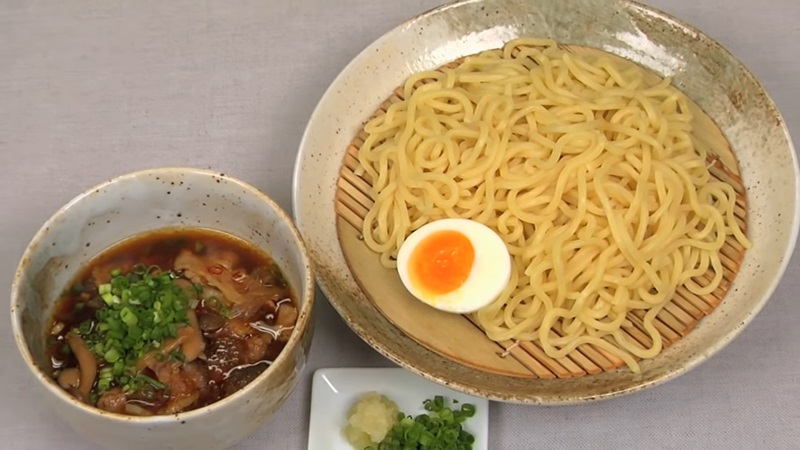
Tsukemen is a cherished Japanese noodle dish that serves as a variation of ramen. What sets it apart is its distinctive presentation, with noodles and broth served separately. These noodles, crafted from wheat flour, are thick and chewy, typically served cold or at room temperature. The broth, on the other hand, is a rich and flavorful concoction, often simmered for hours using pork or chicken bones. When enjoying tsukemen, diners receive a bowl of noodles alongside a separate bowl of concentrated broth. The ritual involves dipping the noodles into the broth, allowing them to be coated in its intense flavor. Toppings such as sliced pork, green onions, bamboo shoots, and soft-boiled eggs often accompany the broth. The juxtaposition of cold noodles with the hot, concentrated broth creates a gratifying and rejuvenating culinary experience.
Yakisoba-Pan
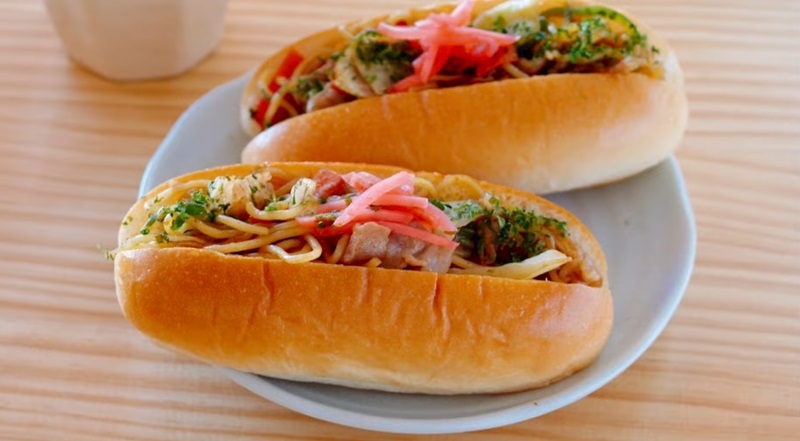
Yakisoba-Pan is a popular Japanese noodle dish that combines the flavors of yakisoba (stir-fried noodles) and pan (bread). This tasty creation is made by filling a soft bun or bread roll with yakisoba noodles, along with a variety of toppings and condiments. The yakisoba noodles are typically stir-fried with vegetables, such as cabbage, carrots, and onions, and seasoned with a tangy and slightly sweet sauce. The noodles are then stuffed inside the bun, creating a delightful and satisfying meal. The toppings for yakisoba-pan can vary, but common choices include sliced pickles, shredded cabbage, and mayonnaise. These toppings add texture and enhance the overall flavor of the dish.
Champon
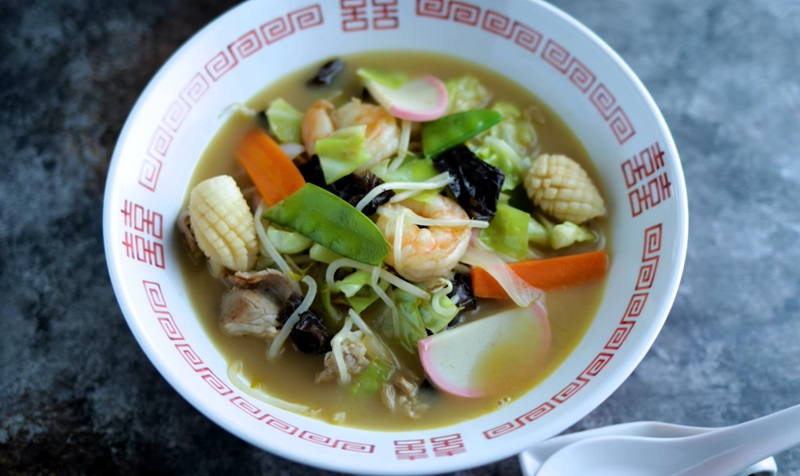
Champon is a distinctive noodle dish originating from Nagasaki, Japan, with variations found in Japan, Korea, and China. Influenced by Chinese cuisine, this dish involves frying a mixture of pork, seafood, and vegetables in lard. A soup made from chicken and pig bones is then added. Specially crafted ramen noodles for champon are introduced and cooked directly in the soup, eliminating the need for multiple pans. The dish's composition may vary based on the season and circumstances, resulting in different tastes and styles that are influenced by the location and time of year.
Yaki Udon

Yaki Udon is a popular Japanese noodle dish that is both flavorful and satisfying. This dish consists of thick udon noodles stir-fried with an assortment of vegetables, meat, and a savory sauce. The noodles are typically cooked until they are slightly chewy, giving them a delightful texture that pairs well with the other ingredients. The vegetables commonly used in yaki udon include cabbage, carrots, bell peppers, and onions, which add a crunchy and colorful element to the dish. Meat options can vary, with popular choices being chicken, pork, or shrimp. These proteins are often cooked with the vegetables, creating a well-balanced and hearty meal. The sauce used in yaki udon is typically a combination of soy sauce, mirin, and Worcestershire sauce, which gives the dish a rich umami flavor.
Iekei Ramen
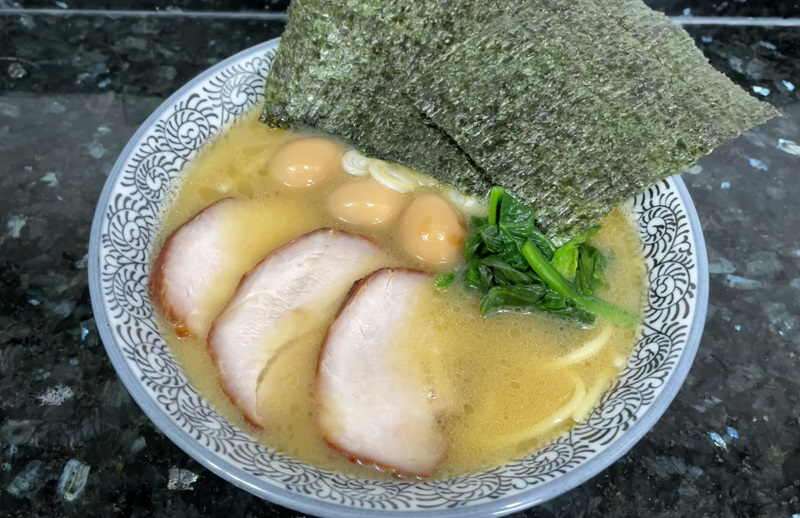
Iekei Ramen is a popular Japanese noodle dish that originated in Yokohama. It is a unique fusion of Tokyo and Hakata-style ramen, combining the rich, thick broth of Hakata ramen with the soy sauce-based flavor of Tokyo ramen. This creates a balanced and savory broth that is both hearty and satisfying. The noodles used in Iekei Ramen are typically medium-thick and have a chewy texture, perfect for soaking up the flavorful broth. The toppings for this dish usually include tender chashu pork, marinated bamboo shoots, spinach, and a soft-boiled egg. The dish is often garnished with green onions and sesame seeds for added texture and flavor.
Hōtō
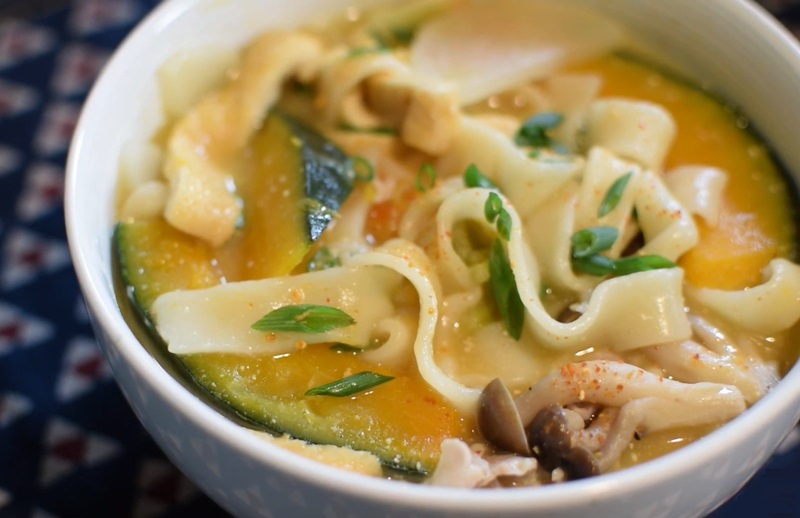
Hōtō is a traditional Japanese noodle dish that originates from the Yamanashi Prefecture, located in central Japan. The dish is known for its thick, flat udon noodles, which are similar to the noodles used in other Japanese dishes but are wider and heartier in texture. Hōtō is typically prepared in a large pot, simmering the noodles with various vegetables and sometimes meat in a rich, savory broth. The vegetables commonly used in Hōtō include pumpkin, sweet potato, cabbage, mushrooms, and carrots. These ingredients are stewed together to create a delicious and comforting dish.
Okinawa soba
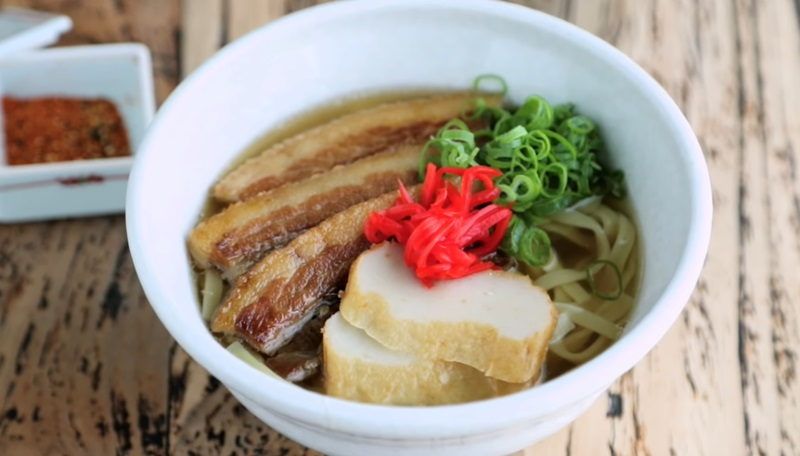
Okinawa soba is a traditional noodle dish that originates from the Okinawan islands in Japan. Unlike the typical soba noodles found in other regions of Japan, Okinawa soba is made with wheat flour instead of buckwheat, resulting in a slightly thicker and chewier noodle. The dish is typically served with a flavorful broth made from pork bones, bonito flakes, and kombu seaweed. The broth is simmered for hours, resulting in a rich and savory flavor. The noodles are cooked until tender and then topped with various ingredients such as char siu pork, kamaboko fish cake, and green onions. Okinawa soba is often enjoyed with a side of pickled ginger and chili pepper for added flavor and spice.
Aburasoba
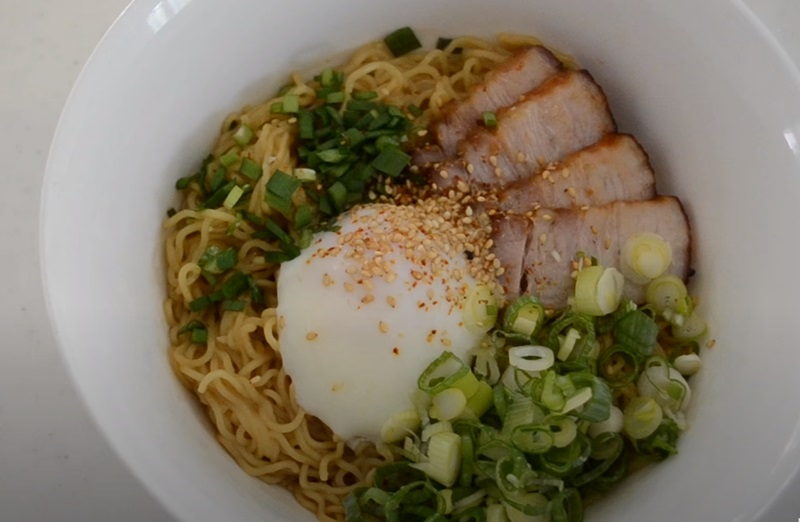
Aburasoba is a dry noodle dish featuring a sauce made from soy sauce and pork lard. The traditional components include a shoyu tare base, aroma oil, menma, shredded nori, and green onions. Additional variations may include toppings such as raw garlic, raw egg, cheese, and minced meat, all mixed with the noodles before consumption.
Kitakata Ramen
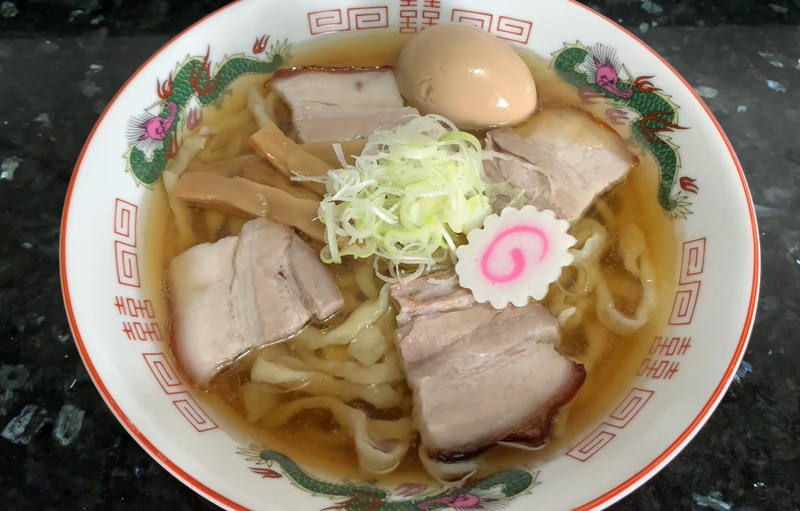
Kitakata Ramen is a well-known Japanese noodle dish that hails from the city of Kitakata in Fukushima prefecture. This particular ramen is distinguished by its thick, flat, and curly noodles, crafted from top-notch wheat flour. The dish features a soy sauce base and is typically garnished with green onions, fish cake, barbecued pork, and bamboo shoots.
Toshikoshi Soba
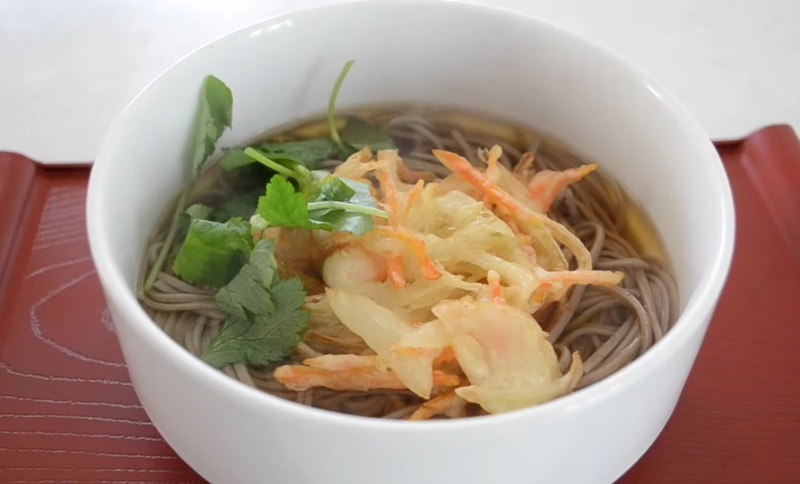
Toshikoshi Soba is a traditional Japanese noodle dish that is typically consumed on New Year's Eve. The name "toshikoshi" translates to "year-crossing," symbolizing the act of bidding farewell to the old year and welcoming the new one. This dish holds great significance in Japanese culture, as it is believed to bring good luck and longevity. The star of this dish is the soba noodle, which is made from buckwheat flour and has a thin, delicate texture. The noodles are boiled until they are al dente and then served in a flavorful broth made from soy sauce, mirin, and dashi stock. Toppings such as thinly sliced green onions, tempura bits, and nori seaweed are commonly added to enhance the dish's taste and visual appeal.
Wanko Soba
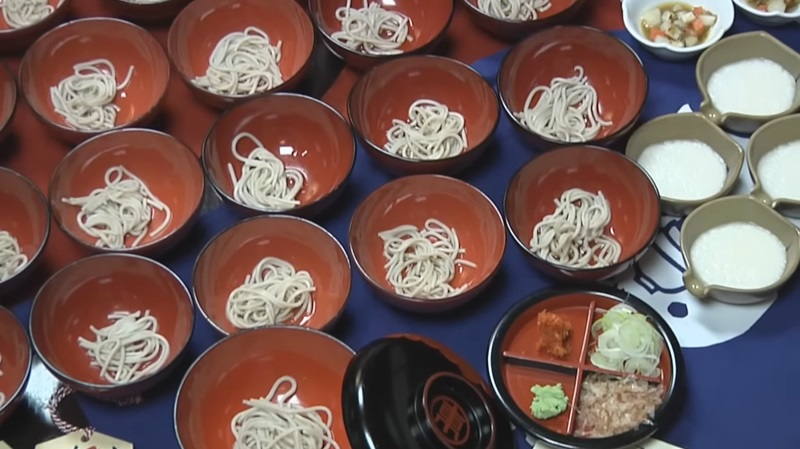
Wanko soba is a traditional noodle dish from the Iwate prefecture in Japan. Known for its unique serving style, it offers a fun and interactive dining experience. The dish consists of small portions of soba noodles served in small lacquer bowls called "wanko," which are constantly refilled by the servers as you eat. The noodles used in wanko soba are made from buckwheat flour and have a delicate, slightly nutty flavor. They are cooked al dente and have a smooth, slippery texture. The dish is typically served with a variety of toppings and condiments such as green onions, tempura scraps, grated radish, and soy sauce.
Hiyashi Chūka
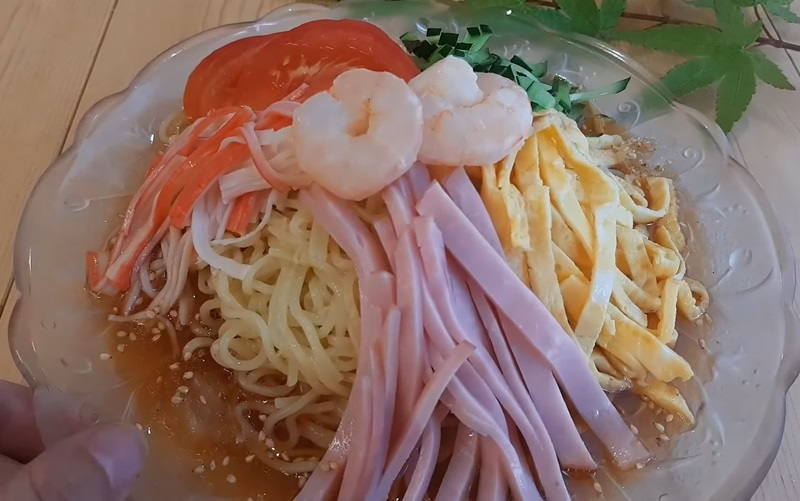
Hiyashi Chūka is a Japanese dish, typically enjoyed in the summertime. It features chilled Chinese noodles accompanied by various colorful toppings and a tare sauce. Common toppings include cold ingredients like ham, boiled chicken, or barbecued pork (char siu), as well as strips of tamagoyaki (egg omelette), summer vegetables such as cucumber and tomatoes, menma (fermented bamboo shoots), and beni shōga (pickled ginger) for added flavor. The toppings are thinly sliced to blend harmoniously with the noodles and sauce. The tare sauce is typically crafted using a base of either soy sauce and rice vinegar or sesame seeds and mayonnaise.
Morioka Jajamen
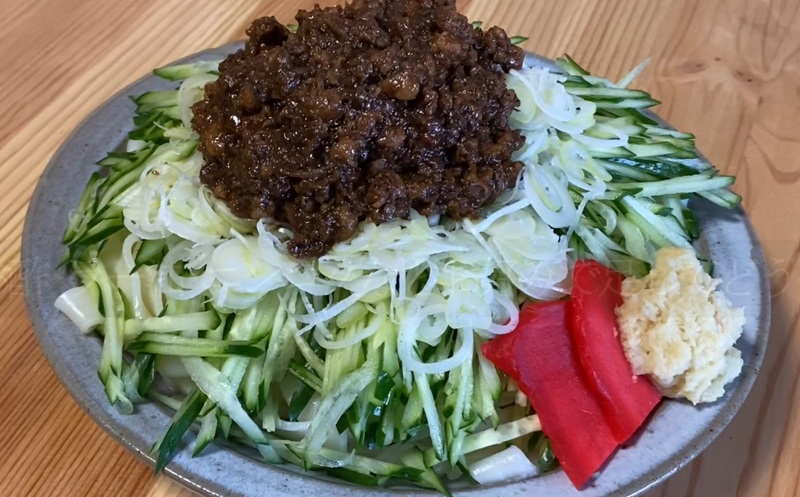
Morioka Jajamen is a delectable Japanese noodle dish originating from the city of Morioka in the Iwate prefecture. This dish is a unique fusion of Chinese and Japanese culinary influences, resulting in a delightful combination of flavors and textures. At its core, Morioka Jajamen features thick and chewy wheat noodles, similar to udon or soba, cooked to perfection. The noodles are then topped with a rich and savory sauce made from soy sauce, miso, sesame oil, and other secret ingredients that vary from restaurant to restaurant. Accompanying the noodles are an array of toppings, such as minced meat, green onions, cucumbers, and pickled ginger, which add a refreshing crunch and depth of flavor.
Muroran curry ramen
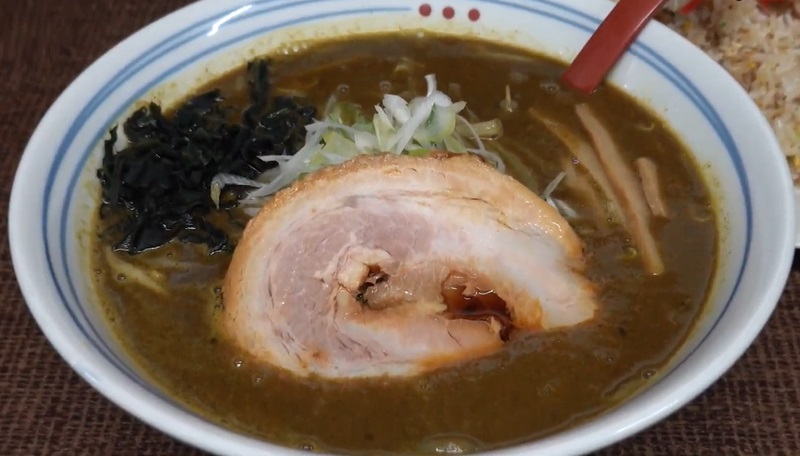
Muroran curry ramen is a popular noodle dish originating from the city of Muroran in Hokkaido, Japan. This unique dish combines the rich flavors of Japanese curry with the comforting goodness of ramen noodles. The base of the dish is a flavorful curry broth, made with a blend of spices, vegetables, and meat or seafood. The broth is then combined with perfectly cooked ramen noodles, creating a hearty and satisfying meal. What sets Muroran curry ramen apart is its bold and robust flavor profile. The curry broth is thick and aromatic, with a spicy kick that warms the palate. The noodles are cooked to perfection, providing a chewy texture that complements the rich broth.
Kamo Nanban
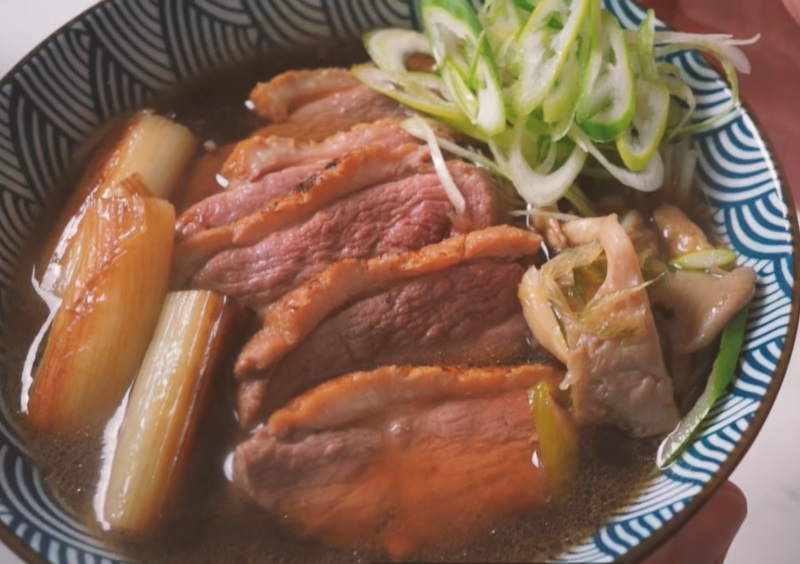
Kamo Nanban is a delectable Japanese noodle dish that originates from the city of Kyoto. This dish features a unique combination of flavors and textures that will surely satisfy any noodle lover. The star ingredient of Kamo Nanban is succulent roasted duck, which is thinly sliced and served on top of a bed of thick, chewy udon noodles. The dish is then garnished with an assortment of vegetables such as green onions, bamboo shoots, and shiitake mushrooms. What truly sets Kamo Nanban apart is the flavorful broth that accompanies the dish. Made from a blend of soy sauce, mirin, and dashi stock, the broth is rich, savory, and perfectly complements the tender duck and noodles.
Kagoshima Ramen
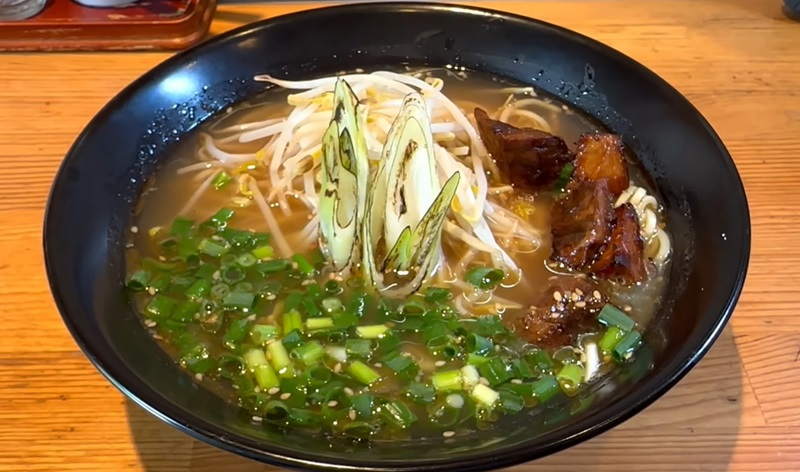
Kagoshima ramen is a popular and flavorful noodle dish hailing from the city of Kagoshima in Japan. Known for its rich and unique taste, this dish is a favorite among locals and tourists alike. The star of Kagoshima ramen is the pork-based broth, which is simmered for hours to achieve its deep and savory flavor. The soup is often seasoned with soy sauce and other secret ingredients, creating a distinctive and irresistible taste. The noodles used in this dish are typically thick and straight, providing a satisfying chewiness. One of the defining features of Kagoshima ramen is the generous toppings that accompany the noodles. These toppings often include slices of tender and melt-in-your-mouth chashu (braised pork), marinated bamboo shoots, green onions, and a perfectly boiled egg.
Sōmen Salad
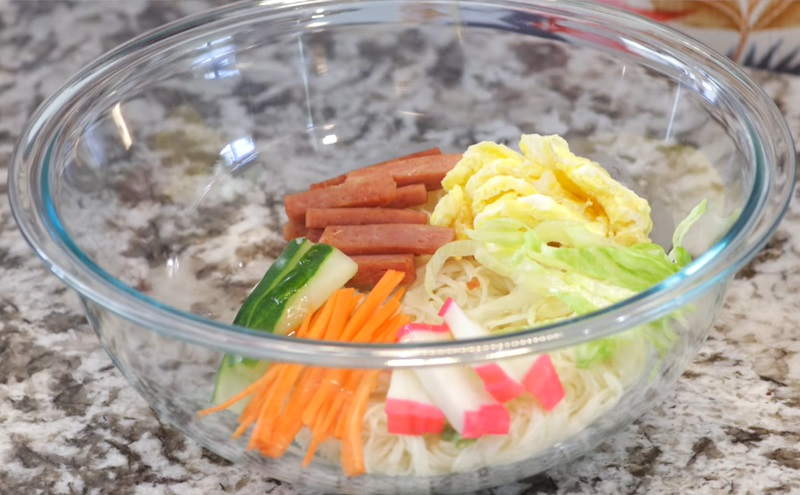
Sōmen Salad is a chilled Japanese noodle salad centered around the sōmen noodle. Comprising three key components – the noodles, a vinegar-based sauce, and various garnishes – the dish offers a refreshing twist. Some recipes may incorporate elements like chicken broth, lemon juice, or sesame oil to enhance the flavor profile. The assortment of garnishes spans shredded lettuce, scallions, sesame seeds, slivers of char siu or ham, and even scrambled eggs, adding diverse textures and flavors to the dish.
Tensoba
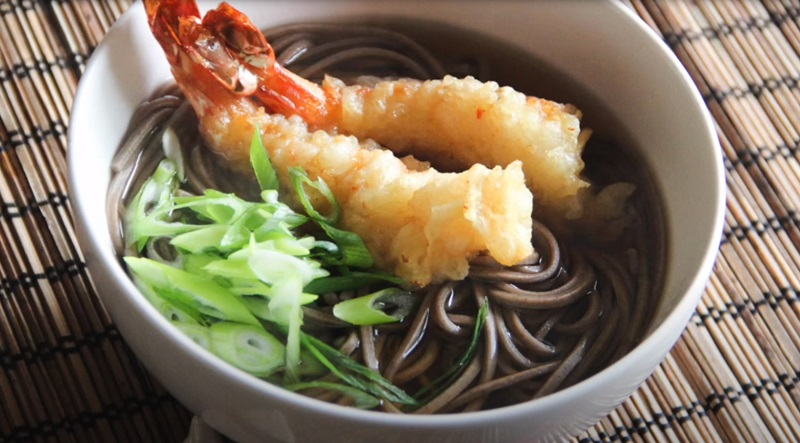
Tensoba is a delightful Japanese noodle dish that combines the flavors of tempura and soba, creating a harmonious and satisfying meal. The dish typically consists of a bowl of hot soba noodles, topped with a crispy assortment of tempura. Soba noodles, made from buckwheat flour, have a nutty and earthy flavor that pairs perfectly with the light and crispy tempura. The noodles are usually cooked al dente and served in a flavorful broth made from soy sauce and dashi, a traditional Japanese stock. The tempura, on the other hand, adds a delightful crunch and variety to the dish. It includes a selection of lightly battered and deep-fried ingredients such as shrimp, vegetables, and sometimes even fish. The tempura is carefully placed on top of the soba noodles, creating a visually appealing presentation. Tensoba is often garnished with green onions, grated daikon radish, and a sprinkle of sesame seeds, adding freshness and additional textures to the dish.


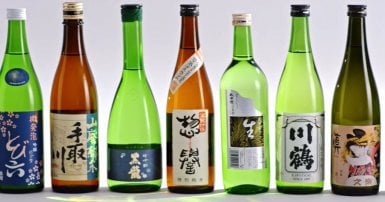
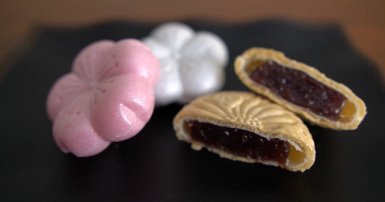
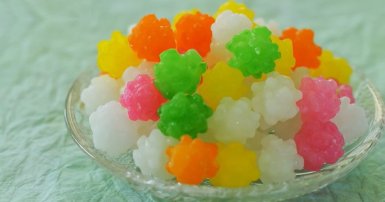

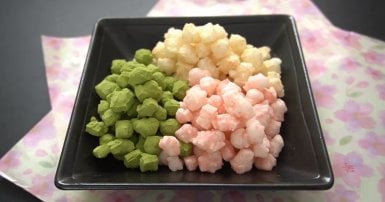
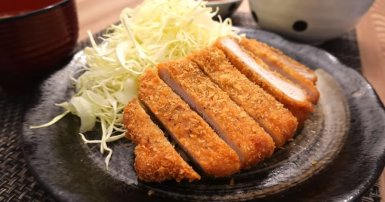
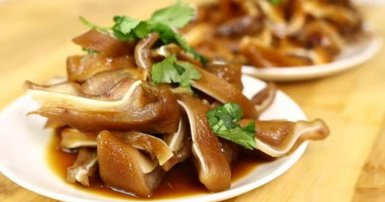
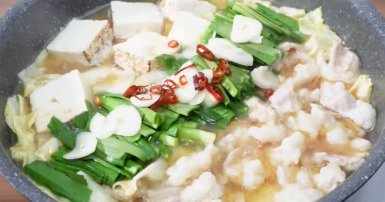

-1709813013.jpg)


